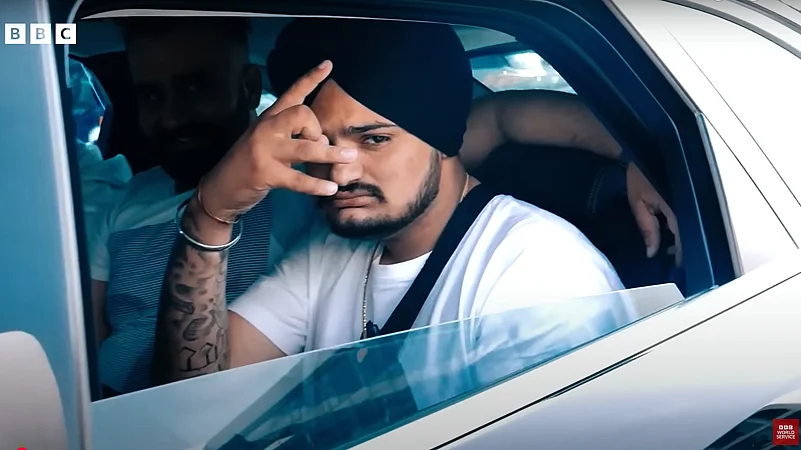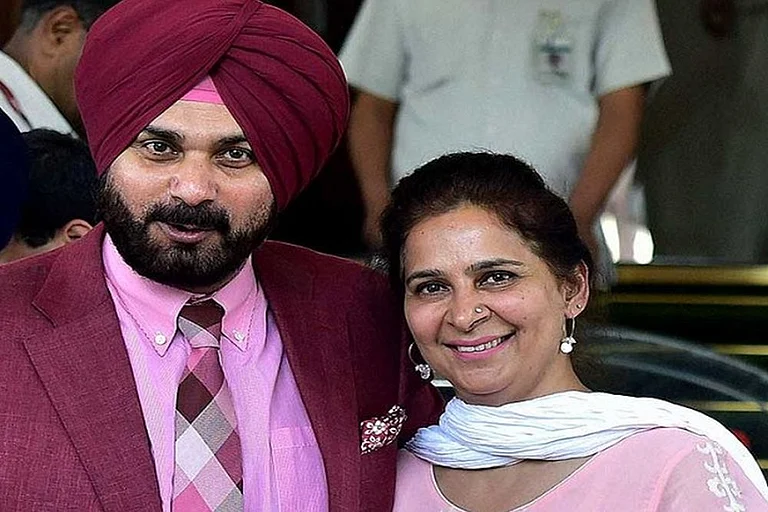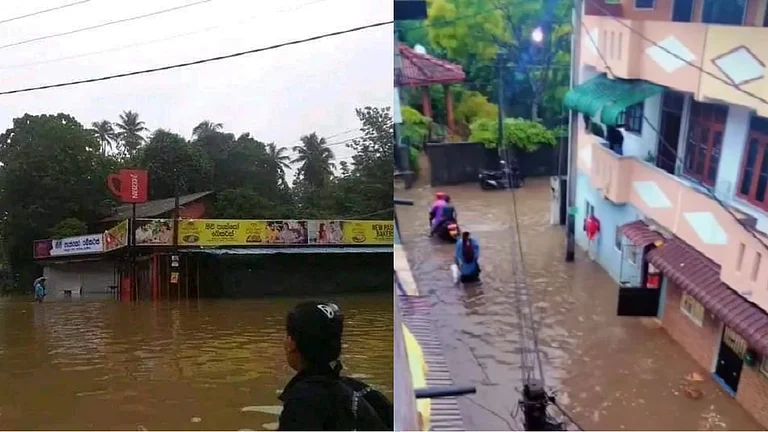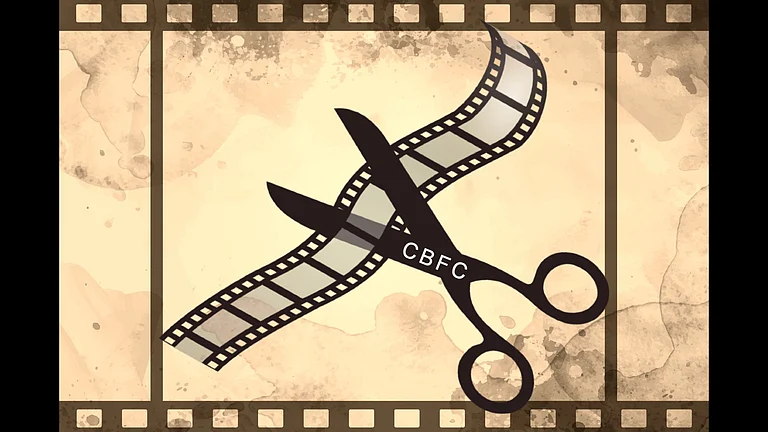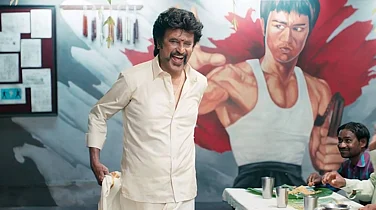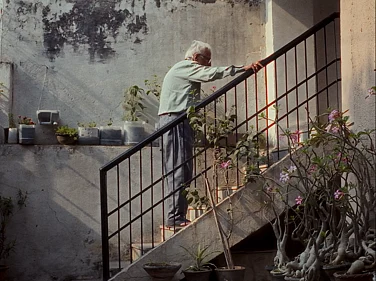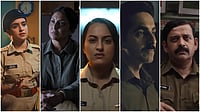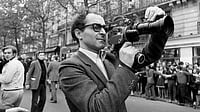Shubhdeep Singh Sidhu adopted the love for his pind when he branded himself as Sidhu Moose Wala before stepping out into the world. Born in Moosa village of the Mansa district in Punjab, the Indian singer and rapper attained rapid international fame, particularly with the Punjabi diaspora. The recently released BBC documentary on Moose Wala’s rise to fame and his eventual assassination, The Killing Call, quotes a friend who remarked how Moose Wala “had become fearless” and “crammed 50 years of life into those five years.”
The Guardian named Moose Wala among the 50 up and coming artists of the year in 2020. In 2021, he released Moosetape. Its tracks caused a sensation globally, finding place everywhere from Billboard Global 200 to the Canadian Hot 100 and New Zealand Hot charts. With over 1 billion streams on Spotify, Moosetape became the first Indian album to achieve that milestone. In 2022, aged 28, Sidhu was shot dead.
Moose Wala didn’t shy away from criticising political figures, state institutions, and societal hypocrisy. He often highlighted police brutality, political corruption, and the marginalisation of Punjabi youth. His songs conveyed frustration over government negligence toward farmers, drug addiction, and unemployment.

He directly addressed issues like political corruption and religious as well as political injustice. In “295”, he critiqued laws penalising dissent, rapping: “If you speak the truth, you’ll be booked under Section 295.” His track “SYL” —which was released posthumously—discussed water-sharing politics (the contentious Satluj Yamuna Link canal), political prisoners, farmer unrest and prompted an eventual ban in India.
Moose Wala also used his music to reclaim Sikh and Punjabi identities. This resonated with many fans, who saw him as a voice of resistance and regional assertion in the face of national homogenisation. While he sometimes faced criticism for glorifying gun culture and violence, many of his lyrics used these elements symbolically to assert power, pride, and identity in a system that seems rigged against the common man, especially young Sikh men. In that sense, his work often traversed the line between subversion and self-mythologising.
On May 29, 2022, Moose Wala died in a brutal daylight shooting, a day after the state government controversially withdrew his police security. He was shot over two dozen times, and Canada-based gangster Goldy Brar claimed responsibility over the singer’s covert support for the Bambiha gang, rivals of the Bishnoi-Brar network. But many have speculated that Moose Wala’s anti-establishment stance could have made him a target.
On what would have been Moose Wala’s 32nd birthday, June 11, 2025, the BBC World Service released The Killing Call. The documentary—directed by investigative journalist Ishleen Kaur and produced by Ankur Jain—sparked strong objections from his father, Balkaur Singh.
Singh had petitioned a local court in Mansa to halt the release, arguing that the documentary used Moose Wala’s name, likeness, and life story without the family’s consent and could distort public perception while the criminal trial into his son’s murder was still ongoing. He called the timing “disrespectful” and accused the filmmakers of exploiting personal tragedy for commercial gain. Despite the legal appeal, the BBC proceeded to release the film on YouTube, bypassing a planned screening in Mumbai. The film includes voice recordings of Goldy Brar, the man who took responsibility for Sidhu’s murder.
Notwithstanding Singh’s objections, The Killing Call offers a detailed, investigative look into the circumstances surrounding Moose Wala’s murder. It draws attention to the nexus of politics, crime, and celebrity in Punjab. It helps preserve public memory and prompts necessary conversations about systemic failures in law enforcement and youth disenfranchisement.
Legal Dilemmas
Documentaries often have to maintain the delicate balance between probing for truth and provoking personal pain. This isn’t the first time that filmmakers have faced such pushback from family members of those depicted on screen. The docu-series Making a Murderer (2015-2018) on Netflix drew sharp criticism for allegedly skewing evidence and selectively presenting facts, sparking debates about ethical storytelling in nonfiction cinema.
Even fictionalised biopics and historical films often find themselves in the crosshairs for altering or simplifying real events, sometimes at the expense of accuracy. In Indian cinema, several prominent films have been accused of historical distortion over the years—some with merit and some without. Raees (2017) was criticised for glamorising a gangster. But gangster Abdul Latif’s son sued the makers of Raees for ₹101 crore, claiming the film defamed his late father and harmed the family’s reputation. The Gujarat High Court ruled in favour of Shah Rukh Khan and the producers, stating that defamation claims do not survive the death of the person concerned.
Anurag Kashyap’s Black Friday (2004) faced bans and political pressure for its gritty portrayal of the 1993 Mumbai bombings. In 2005, a petition was filed by Mushtaq Tarani, an accused in the 1993 Bombay bombings case, seeking a stay on the film's release. Tarani argued that the movie would create bias against him and other accused individuals in the minds of the public. The Bombay High Court agreed and initially stayed the film's release. The film was eventually released in 2007.
Sanitising the Truth
Biopics like Azhar (2016) and Sanju (2018) have been called out for sanitising the life of their subjects, Mohammad Azharuddin and Sanjay Dutt. Historical epics like Bajirao Mastani (2015), Padmaavat (2018) sparked widespread debates and protests over their portrayal of revered figures and events. The “Ghoomar” song—for which the makers had to digitally cover Deepika Padukone’s waist—exemplifies the absurd lengths creators must go to appease self-appointed guardians of culture, often at the cost of creative integrity.
While Thackeray (2019) is framed as a biopic of Bal Thackeray, certain critics have noted that its depiction of the political leader appearing in court—most notably standing trial for instigating violence—does not align with historical records. Thackeray never formally appeared in any judicial proceedings related to the 1992–93 riots or other cases. This embellishment underscores how cinematic liberties can blur fact and fiction, ultimately shaping public memory and distorting historical discourse.
More recently, Vicky Kaushal’s film Chhaava (2025) encountered backlash from the Shirke family for depicting their ancestors as traitors. Deepak Raje Shirke publicly accused the filmmakers of historical inaccuracies and demanded corrections, with the family threatening a ₹100 crore lawsuit and statewide protests if their concerns were not addressed. Director Laxman Utekar personally reached out to Bhushan Shirke, a descendant, and apologised. However, he clarified that the film did not explicitly mention last names or villages to avoid besmirching the memory of the people.
Where do we draw the line?
This tension between storytelling and historical truth is hardly new. There seems to be something about the camera that calls for the yielder to dramatise or romanticise. Robert J. Flaherty, often called the father of documentaries, was also accused of fabricating scenes in Nanook of the North (1922), one of the first feature-length documentaries ever made. While groundbreaking for its time, Nanook staged and manipulated parts of Inuit life. Flaherty encouraged the Inuit subjects to perform traditional activities that were no longer part of their everyday life at the time, such as hunting with harpoons instead of guns. He constructed scenes to create a more dramatic effect.
While Nanook was groundbreaking and influential, these creative liberties sparked questions about the blurred lines between documentary realism and creative license — a debate that continues to this day.
This tension is especially pronounced when documentaries centre real people, particularly in the true crime genre. These films often serve the public interest by exposing injustice or systemic rot, but they can also veer into the ghoulish, prioritising shock value over sensitivity. The challenge lies in navigating this fine line between documenting reality and exploiting trauma without losing either ethical clarity or narrative impact. While legal concerns such as ongoing investigations or defamation are valid grounds for scrutiny, mere hurt sentiments should not be a reason to censor or suppress such filmmaking.
Debiparna Chakraborty is a film, TV, and culture critic dissecting media at the intersection of gender, politics, and power.







